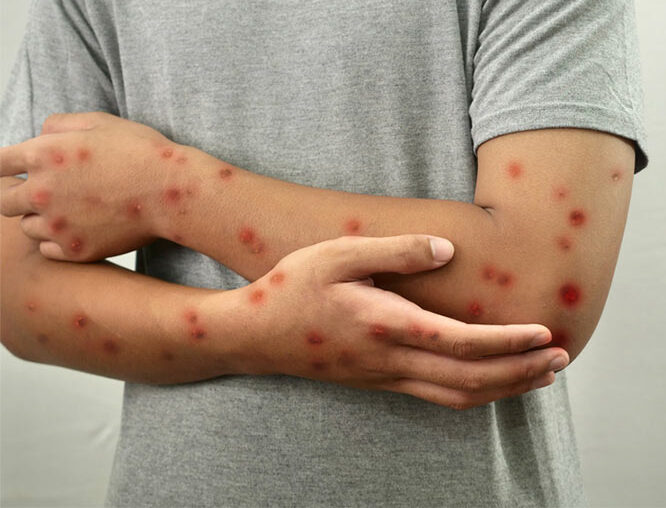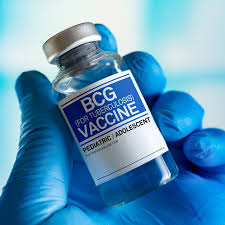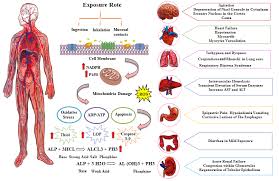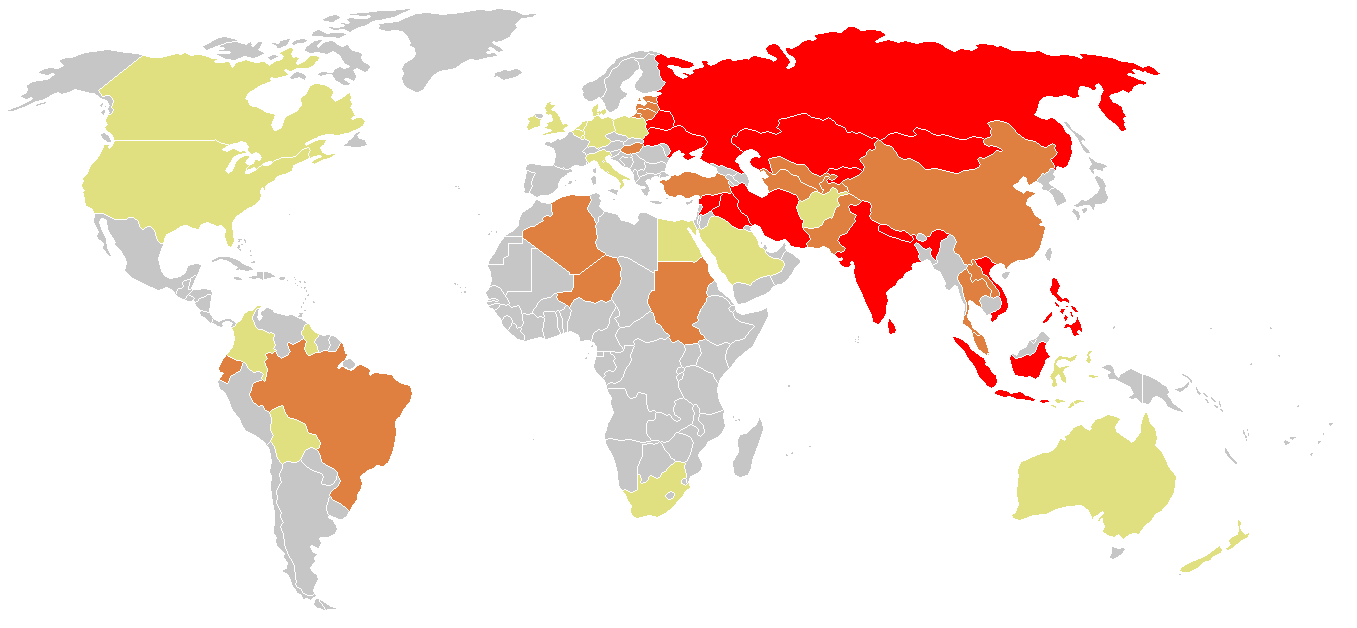
Monkey pox
The first reported human case occurred in the Equateur province of Zaire (now known as the Democratic Republic of the Congo [DRC]), when a 9-year-old boy developed a smallpox-like illness that was eventually confirmed as monkeypox by the World Health Organization. In retrospect, similar cases that occurred in 1970-1971 in Ivory Coast, Liberia, Nigeria and Sierra Leone were attributed to monkeypox infection.
Monkeypox was confined to the forests of Central and West Africa until 2003, then began to spread around the world. Outbreaks in west and central Africa have been linked to exposure to rats, rabbits, squirrels, monkeys, pigs and gazelles.
Monkeypox can cause a syndrome clinically similar to smallpox, but is generally less infectious and less lethal. Transmission can occur through contact with diseased animals or animal reservoirs from West Africa. Furthermore, inadequate preparation of infected animal products can transmit monkeypox infection. Finally, direct skin contact (skin to skin) or being in close proximity to an infected animal or person can transmit the infection. The incubation period is 12 days on average, ranging from 4-20 days. In the prodromal or preeruptive phase (which lasts 1-4 days before the onset of the rash), fever is usually the first symptom (38.5-40.5°C). Febrile illness is often accompanied by chills, profuse sweating, severe headache, back pain, myalgia, fatigue, anorexia, pharyngitis, dyspnea, and cough (with or without secretions). Lymphadenopathy appears 2-3 days after fever. In the 2003 outbreak, 47% of patients had nodules up to several centimeters in diameter in the cervical and submental areas.
Complications include skin deformities, secondary bacterial infection, bronchopneumonia, respiratory distress, keratitis, corneal ulceration, visual loss, septicemia, and encephalitis.
The disease usually has a mild clinical course, recovery occurs within 2-4 weeks. In African cases, the mortality rate was 1-10%, death was related to the health status of the patients and other co-morbidities. Most patients died from secondary infections. No fatal cases were reported in the 2003 outbreak in the US. Bed rest is recommended as well as supportive treatment (to manage temperature), rehydration therapy. In 2019 and 2024 FDA approves monkeypox vaccine (Mpox, monkeypox)


